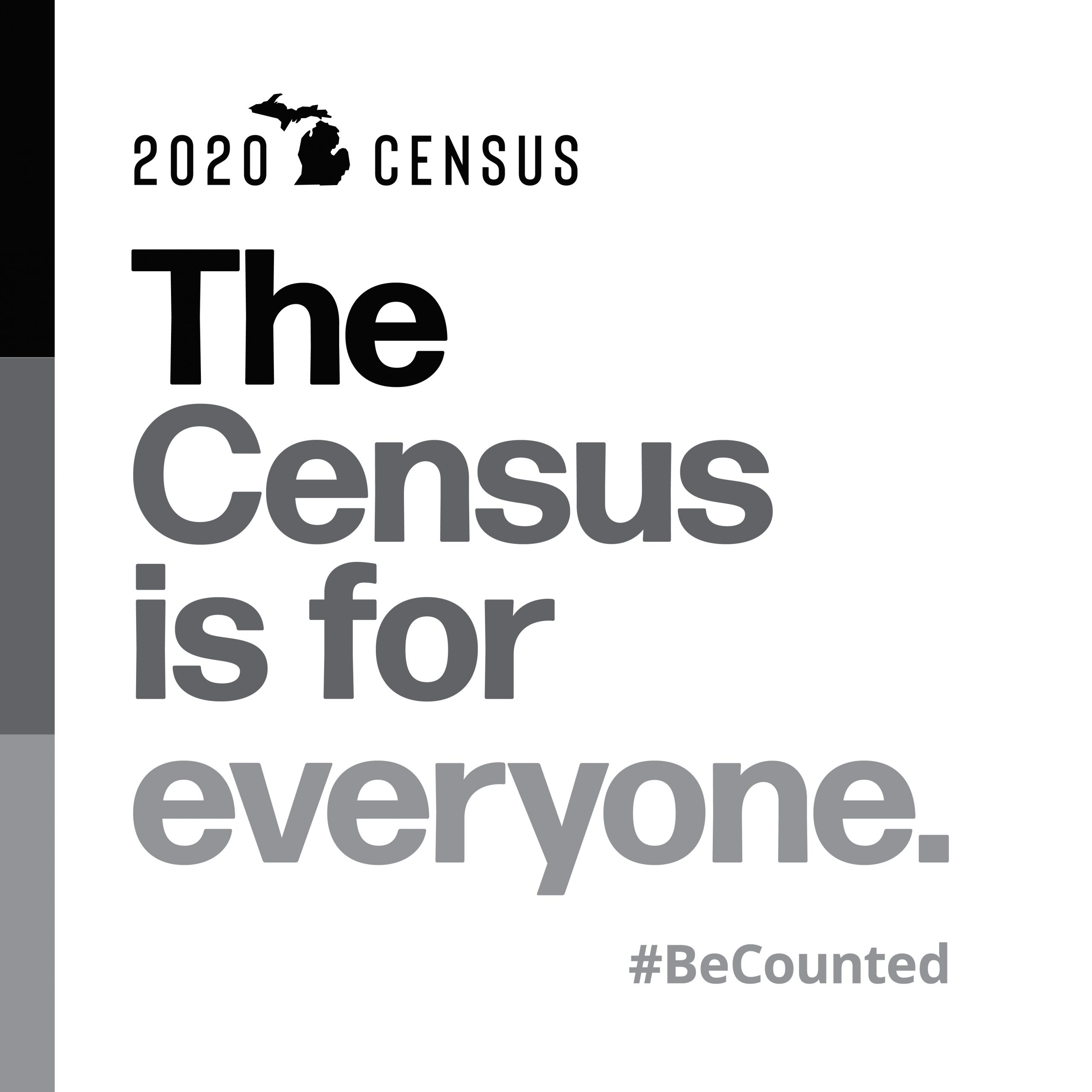How Data Can Shape a Campaign
by Chelsea Maupin on May 24, 2021
• 3 -minute read
Counting every single person living in Michigan and the nation is the tall task of the Census Bureau every 10 years. The 2020 census was always going to be groundbreaking – First to allow online response! First to allow response by phone! – but because of the COVID-19 pandemic, it proved to be an unprecedented task for the country, the state and Güd Marketing.

As expected, the early weeks and months of asking households to answer the nine questions on the decennial census, plus a few more for each household member, went relatively smoothly. Broad messages about the ease of completing the short form and the resulting 10 years of benefits for key community programs were effective. We were able to match Michigan’s self-response rate – 67.7% of households self-responded – from the 2010 census in just three months, becoming the first state to reach its previous performance. But we didn’t want to settle for just another 17th-place finish – Michigan’s worst performance in the past few censuses. We wanted to trounce that number.
So, we focused on the remaining 32.3% of households. How could we reach these hard-to-count Michiganders? We turned to the data to guide us.
Each day the U.S. Census Bureau updated the response rate by census tract – small geographic groupings typically with 2,500 to 5,000 residents. We took Michigan’s more than 2,700 tracts and overlaid low-response tracts with satellite maps of the areas they corresponded to. And across urban, suburban and rural areas, low-response tracts disproportionately featured apartment buildings and mobile home parks.
With these insights, we tagged the coordinates for more than 400 low-response locations throughout Michigan and developed a media and messaging plan to encourage residents to complete their 2020 census. Our media team was able to steer our remaining campaign dollars to finely targeted digital and social media ads based on the latitude and longitude of identified apartments or mobile home parks.
The messaging was similarly tailored to the people residing in each area – city-specific messages about school funding for communities with overall low response, emphasis on federally funded programs that impact local residents (e.g., USDA programs in rural areas) and deadline reminder messages.
This highly targeted, data-driven approach to the final sprint of the 2020 census helped push Michigan to a self-response rate of 71.3%, our highest in decades and one of the biggest gains from census to census among all states.

Chelsea Maupin
Research Manager and Strategist
Lover of Census data + boy bands + themed outfits + travel

